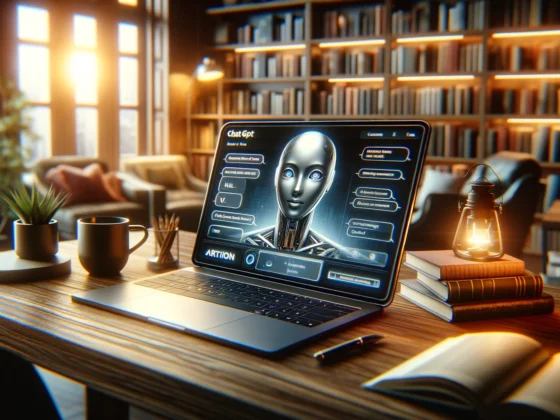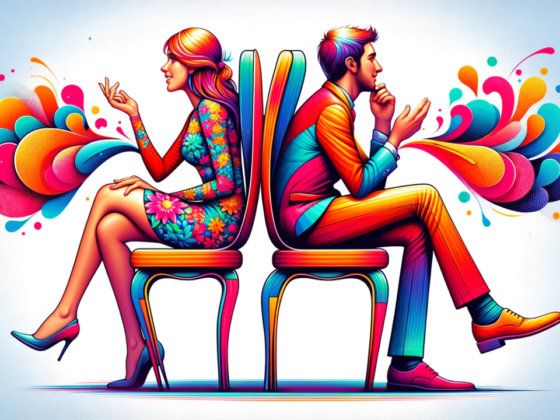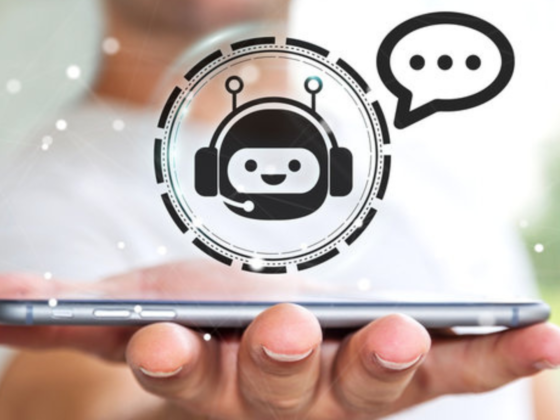Just a few years ago we saw the concept of the ‘full-stack conversation designer’ emerge. Essentially, this job title meant that the designer could see a bot from ideation to iterations, including research, designing flows and the bot’s language, creating the dialogue management, and training the NLU.
 According to Peter Isaacs, “The way it was framed was based very much on the idea that Conversation Designers are the UX of Conversations. So, similarly to UXers (who don’t generally have the responsibilities of code) conversation designers handle the user experience side of things.”
According to Peter Isaacs, “The way it was framed was based very much on the idea that Conversation Designers are the UX of Conversations. So, similarly to UXers (who don’t generally have the responsibilities of code) conversation designers handle the user experience side of things.”
The term ‘full stack conversation designer’ is a useful definition. Even if you’re not aiming to become one, you’re always going to be responsible for various parts of the entire stack. It helps to have an overview of the things you might need to know soon!
Why do we need full-stack CxDs?
The benefits of having someone who knows a bot through and through should be obvious to anyone who has worked with them. We’ve seen time and again how vital it is to maintain a ‘single source of truth’ approach to content – a bot sits between customer and brand, so if it says the wrong thing, then it can erode trust (and your bank balance too). To the users, a bot should be a unified entity. It should embody the brand in a way that feels right to them, but it should also connect them with the solution to their needs as efficiently as possible. That involves the orchestration of teams and tech in complex ways.
Having a conversation designer who can apply their skills at any stage of the bot development process is invaluable. It’s not unusual for bots to have substantial redesigns during their lifetime, as they roll with the changes of user and business needs. A full-stack conversation designer can conceptualise, design and co-build the experience from end to end, so they’re more suited to the long-term evolution of bots than a designer who can only write utterances.
All designers need to be collaborators too. Bots have stakeholders, and when they’re live they usually have various services they need to provide to different people, such as being legally compliant, relaying information to live agents, or telling users about current promotions. Knowing the full end-to-end stack makes you a better collaborator because you understand all facets of the product.
The conversational AI stack has expanded
All of that is still true, but things have become even more complicated!
In the past five or so years, we’ve seen courses and books that have sought to crystallise conversation design into structured processes. That’s been absolutely vital to everyone involved because there’s probably been tens of thousands of new conversation designers entering the field (if not more). They were looking for best practices, and books such as Conversations With Things and The Elements of Voice First Style gave them. Every best practice deserves scrutiny though. Consider the role-play exercise that conversation designers may play to try and define the bot’s persona and language. It can be a useful practice to anchor the designer’s thinking in the feel of the interactions they’re creating, but as a process for defining language and persona, there’s scant proof it works. Our ‘everyday’ processes are evolving, and we have to pay attention if we want to improve as designers.
But that’s not all. Any organisation with conversation designers on staff would be missing a glaring opportunity if they didn’t tap those skills for use on LLMs. LLMs are just another culmination of Conversational AI – they’re machines pretending to be able to talk like humans. Everything conversation designers have learned are still applicable – creating ‘hidden’ interfaces, giving the user what they need, using language to fit the purpose/scenario/brand, and doing it all safely. While the world went crazy for ChatGPT, the need for organisations to have skilled botsmiths on their staff has increased exponentially.
There are even some who say that conversation design will evolve into a more general ‘Automation Design’. That seems quite likely, if you take conversation design to be a subset of UX, and if we continue to get ‘no-code’ tools that allow designers to build. Code is just language. Programmers learn to communicate with machines using programming languages such as Python, JavaScript, C, Ruby, etc. Now that we can communicate with machines in natural language, people who have already got the chops will probably be in higher demand.
Where does programming fit?
Will conversation designers replace programmers then? That seems as ridiculous as the notion that conversation designers would be replaced by LLMs. No matter how advanced AI becomes, it will never become human. There will surely always be a need for someone who thinks logically, and can understand computer systems and debug them when they go wrong.
While you may think a ‘full stack’ implies that a designer can code (and so build the back-end), we need to be realistic. Very few designers are also coders. Much like a Full Stack UX Designer, the focus is more on design than programming. The chance that you have someone who can write, research and design a bot means that they can employ diverse skills such as psychology, linguistics, conversation analysis and sound design. If you know someone who can do that and code the bot then hang onto them! You’ve got the rarest tiger in the jungle. Plus, most teams are already set up to have separate people handling design and code. The responsibilities are distinct.
Peter Isaacs sees things evolving with LLMS however, “I’ve started to use Chat GPT et.al to write little bits of code for me so that I can do things that I previously wouldn’t have been able to do. CxDs should probably start to learn how to code, or at least understand the concepts so they can get an LLM to aide them.”
Let’s talk about it
So, the role of the conversation designer is evolving. That means we perhaps need to revise the concept of the full-stack conversation designer, because that stack has become bigger! It looks set to increase even further if Conversation Designers are to evolve into AI Designers.
And all the while Conversation Designers need to collaborate with the team. The continuous work that designers do with programmers is surely never going to stop.
This is all open for discussion! Do we at VUX World have a crystal ball? Sadly not. Are we open to different viewpoints and trying to understand Conversational AI better? Absolutely!
So, what do you think full-stack conversation designers should be responsible for?
If you want to discuss this with some of the best in the business come to Unparsed. There will be seminars from conversation designers, programmers and many of the brightest minds who make conversational AI tick. There will also be a lot of nice discussions over coffee about what it means to be a conversation designer and what skills we might need in the next few years. Voiceflow are Platinum Sponsors and will be there to help you understand the industry and get ahead as a conversation designer.




